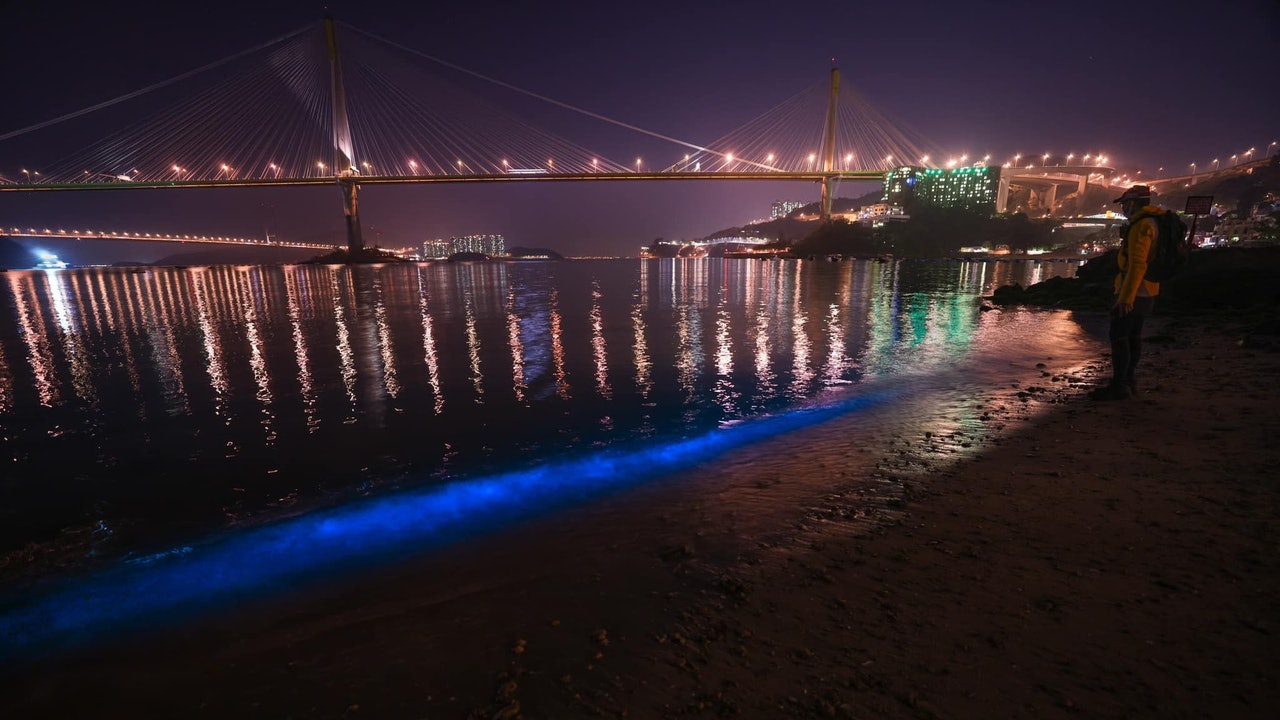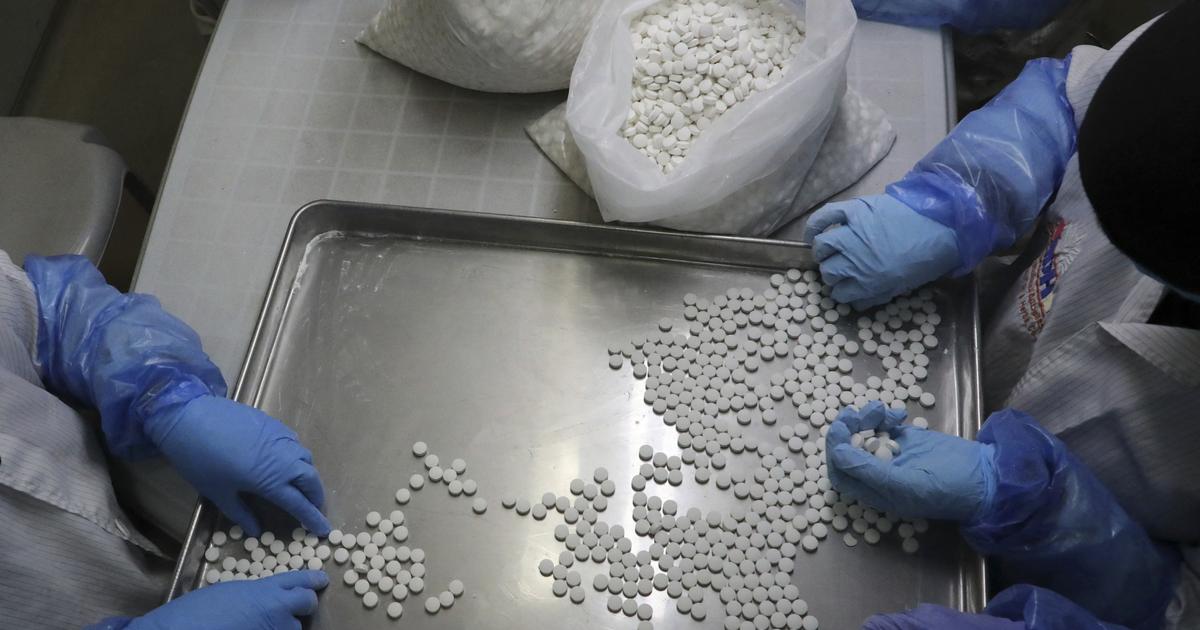District 18 News
Written by: District Licheng
2021-03-05 19:36
The last update date: 2021-03-05 19:38
After some citizens witnessed the red tide of noctilucent algae commonly known as "Blue Tears" on the beaches of Tai Po and Sham Tseng Ting Kau at the end of last month, the Fisheries and Conservation Department announced today (5th) a total of three red tide reports in Hong Kong waters in the past week. Among them Two cases of "Blue Tears" have not received any cases of fish deaths after a red tide. The fish farmers have been reminded to add oxygen to the fish steaks in a timely manner and will pay close attention to the situation.
According to the Fishery and Conservation Department, the government inter-departmental red tide working group has detected three red tides in Hong Kong waters in the past week. The first one occurred in the Cheung Sha Bay fish culture area last Friday (26th), and the second one was by marine police officers on Sunday ( 28) was discovered in Sha Tin Sea, and the third case was discovered by AFCD staff in Sai Kung, including the Tai Tau Chau fish culture area.
A panel spokesperson said that the first two red tides were composed of noctiluca solani commonly known as "blue tears". The red tide has now subsided, and the third one is composed of Gnocchia polystriata. Both types of algae are common in Hong Kong waters and are non-toxic.
Fisheries and Conservation Department reminds fish farmers to add oxygen in time
The Fisheries and Conservation Department has reminded fish farmers in the fish farming areas of Cheung Sha Wan, Yan Tin Tsai, Yan Tin Tsai East, Yung Shu Au, Laohu Wat, Ma Nam Wat, Kau Sai, Keelung Wan, Tai Tau Chau and Leung Chuen Wan to pay attention to the condition of fish rafts and to take timely measures. Oxygenate.
The phytoplankton monitoring plan implemented by the Department will continue to actively monitor the occurrence of red tides in order to reduce the possible impact on the local marine fish farming industry and the public.
Known as the world's fifteen wonders
"Blue Tears" was once selected by CNN as one of the 15 wonders of the world. English is even more known as "sea of stars" or "sea sparkle" because it appears at night and follows the waves. When slapped on the shore, the blue stars flickered and flickered, like flashing blue ribbons, attracting people to stop and watch.
Although nocturnal algae is not toxic, it will adhere to fish gills, hinder fish breathing and cause fish to suffocate and die. When nocturnal algae die, they will decompose cadaverine and hydrogen sulfide, which will deteriorate the seawater and harm the ecological environment of the water body. , Has a profound impact on the farmed fish steaks.
Unearthed Antiquities|The internal photos of 5 pre-war service reservoirs are fully exposed and 3 are still functioning normally
6 square kilometers of red tide in Shenzhen Bay waters official: non-toxic and no fish deaths
Agriculture, Fisheries and Conservation Department 18 District News Marine Pollution








